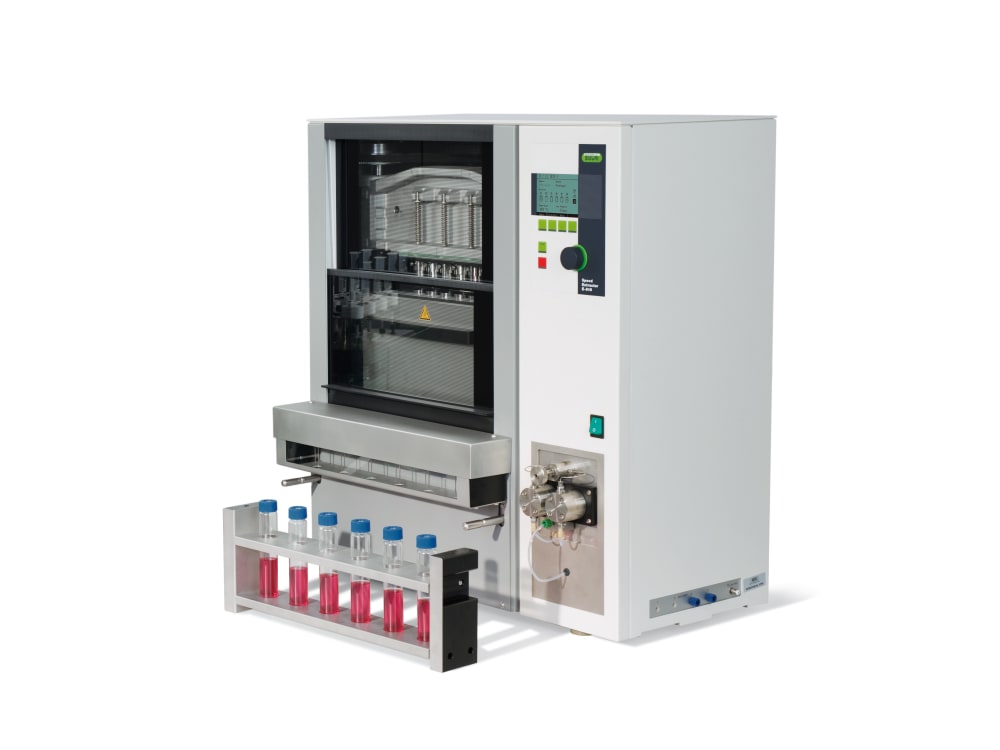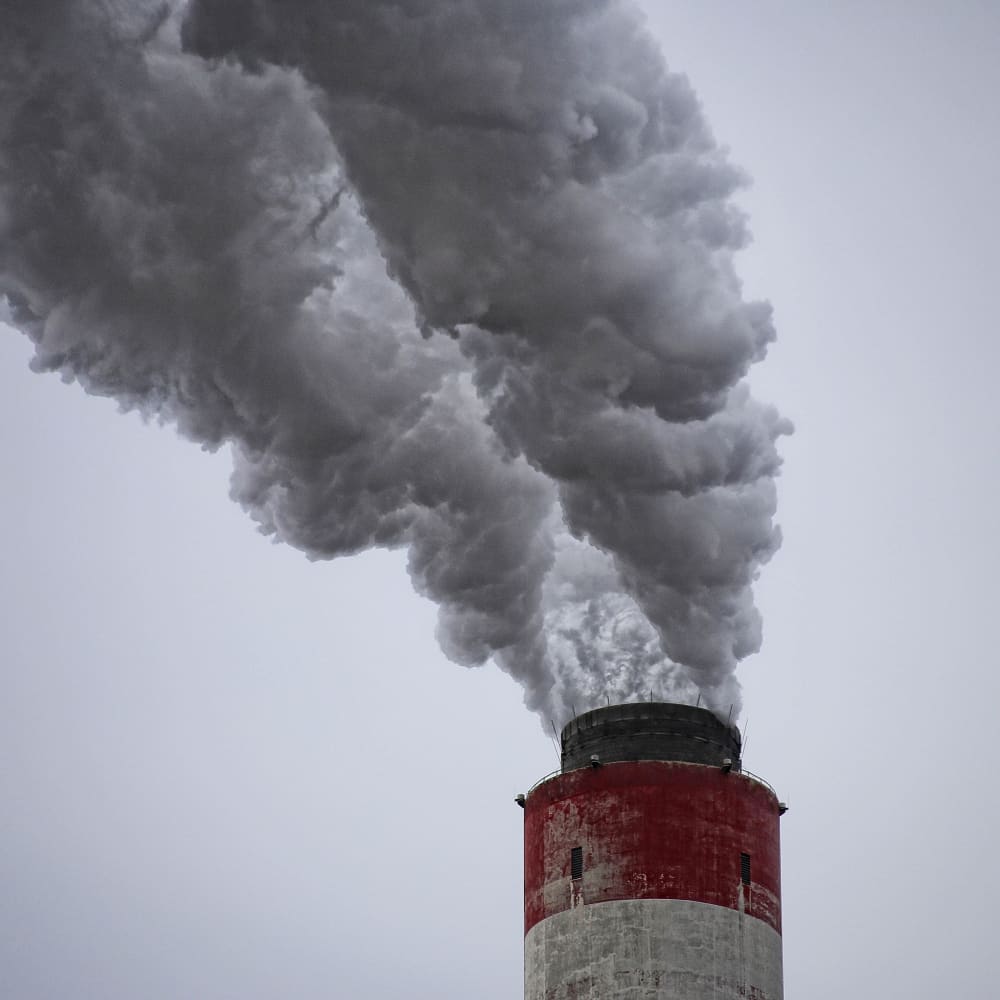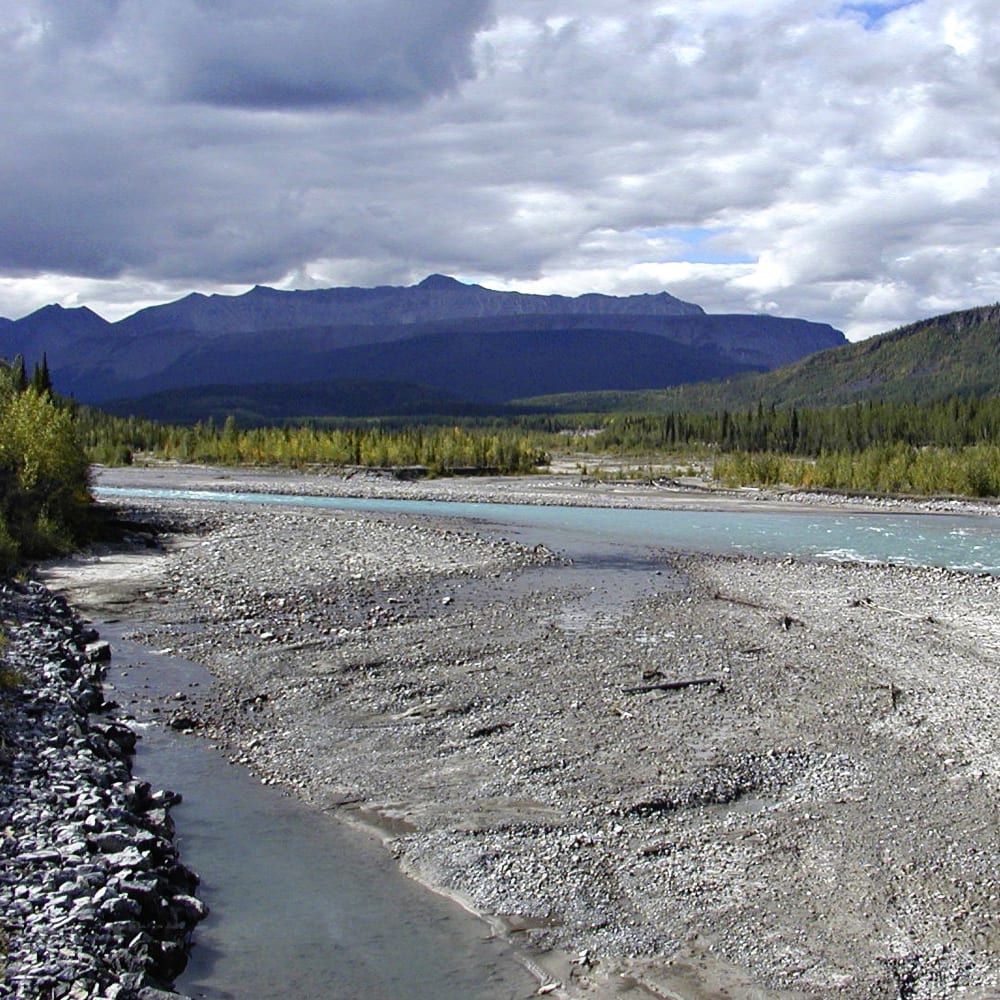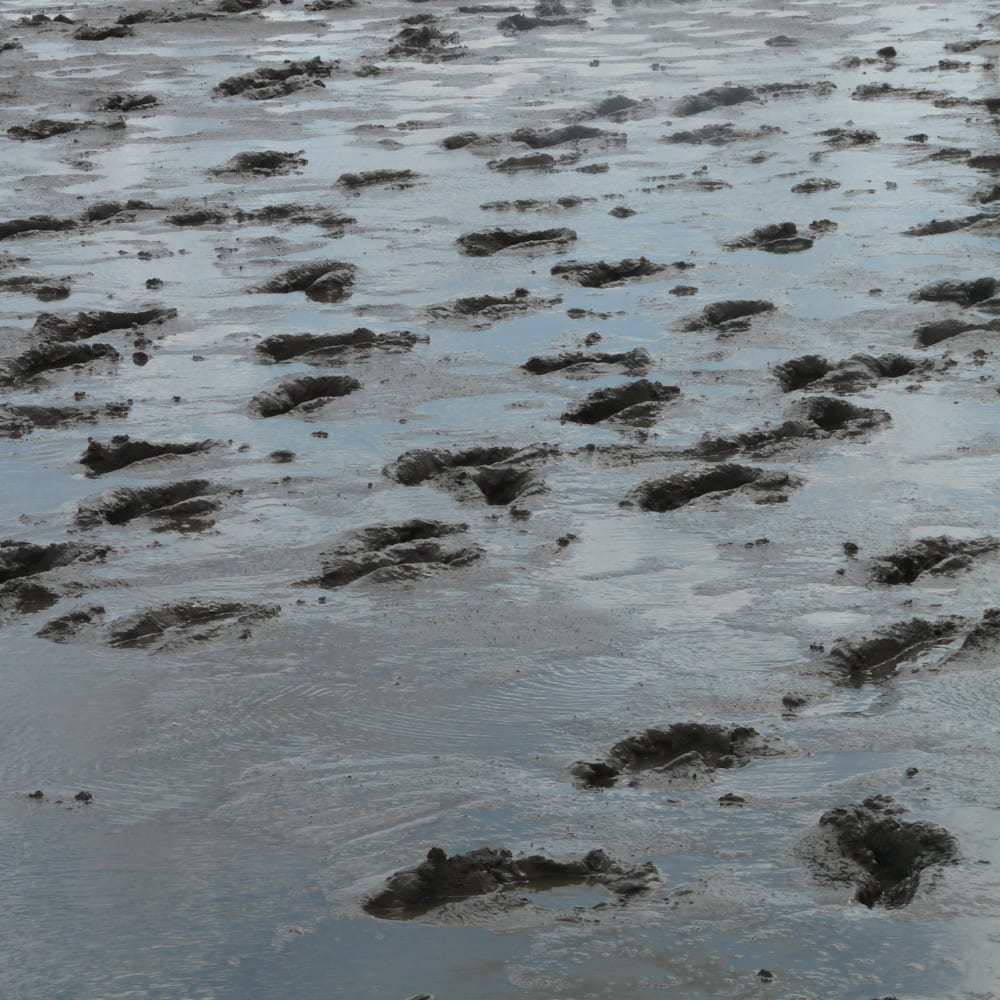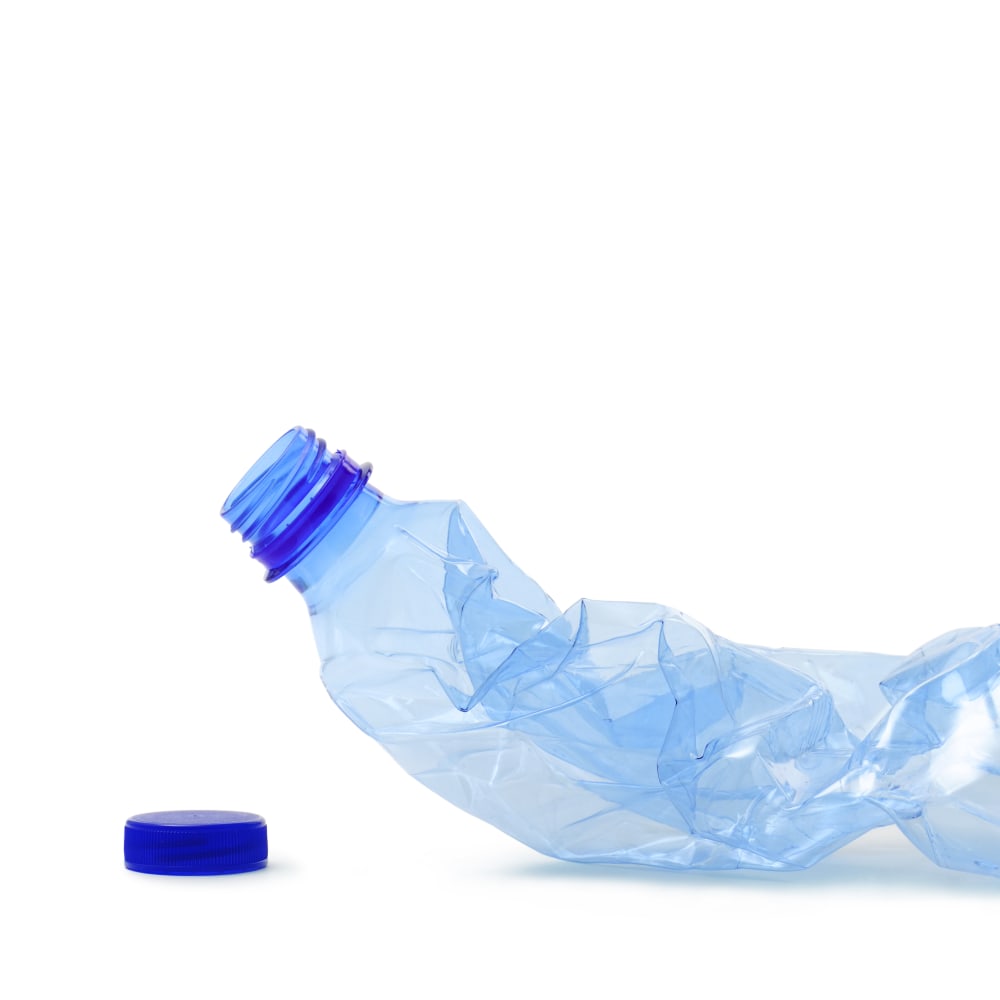Extraction of micropollutants from contaminated sediments after heavy rain events
Pressurized solvent extraction (PSE) of contamined sediments as a critical part of aquatic risk accessment
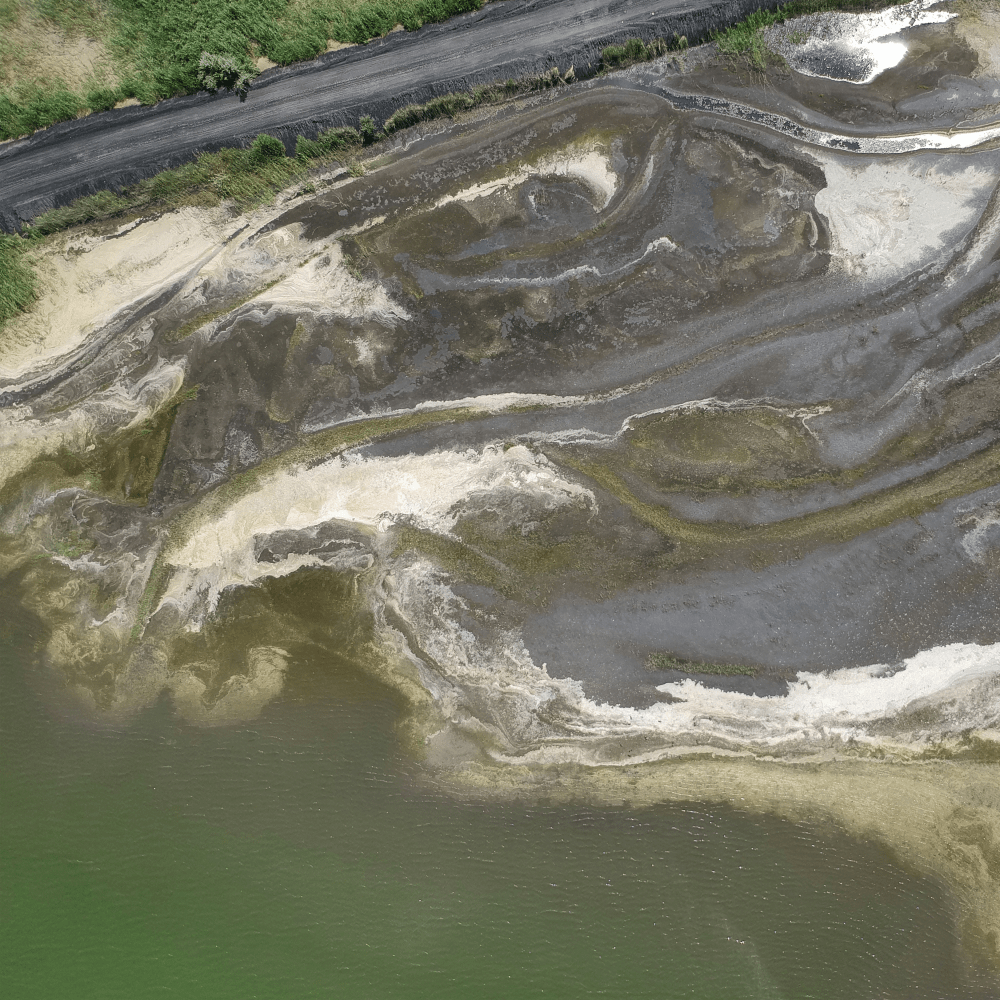
Environmental matrices, such as river or lake sediments, can act as pollutant sinks, binding complex mixtures of environmental toxins. These substances enter aquatic systems from a multitude of different sources, such as sewage, run-off, spray drifts, and even by means of atmospheric deposition. Although sediment-bound pollutants have previously been considered to be trapped within the sediment matrix, it has been shown that extreme weather events can cause remobilization and large-scale distribution of such pollutants. With the increasing occurrence of extreme weather events, including sediment investigations in aquatic risk assessments is more important than ever. However, unlike native water samples, investigating native sediment samples is not feasible in many bioassays used for aquatic risk assessments, such as the NORMAN bioassay battery. Investigation of these matrices, therefore, requires solubilization of the particle-bound pollutants. In July 2021, several European countries were affected by a series of heavy rain events, starting in the United Kingdom as flash floods caused property damage and inconvenience. Later several floods of smaller and larger river basins occurred in Austria, Belgium, Croatia, Germany, Italy, Luxembourg, the Netherlands, and Switzerland.
Register for download
Related Instruments
Similar Applications
Determination of oil contents in seed samples
SpeedExtractor E-916, Multivapor, Hydrolysis Unit E-416, Extraction Unit E-816 SOX: Comparison of different extraction methods: Pressurized Solvent Extraction (PSE) using SpeedExtractor E-916 versus Weibull Stoldt method using Hydrolysis Unit E-416 and Extraction Unit E-816 SOX
